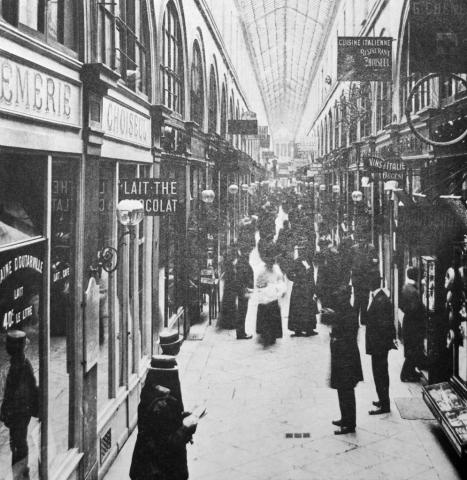We are often told that we live in an age of distraction. Concern about the very real dangers of distracted driving, meditations on the difficulty of multitasking, and anxieties about the challenges of communication and cognition amid a constant barrage of "updates" are, of course, understandable. Art (and literature, perhaps, in particular) is generally associated with the opposite extreme of psychological experience, demanding intense concentration on the part of the artist and absorption on the part of audiences. But is art also in some ways the product of distraction? Why do certain works treat absent-mindedness, boredom, interrupted focus, unbidden thoughts, and semiconscious states as elemental to aesthetic experience? This course will consider what it means to focus on a lack of focus, to call sustained attention to the phenomenon of inattention. Starting from the recognition that attention has a history, we will ask what political and technological conditions facilitate or hinder it, and what understanding of modernity, of the everyday, of habit and routine, of media, and of mental activity and sensation shape the way we understand distraction. Moving from the nineteenth century toward the present, we will read works of fiction (including work by Melville, George Eliot, and Doyle) and poetry (including Coleridge, Keats, Byron, Tennyson, Baudelaire, and T.S. Eliot) together with visual media, social theory, and selected texts in the history of psychology and the sciences of mind.
Requirements include active participation in class discussions and three papers.

 Department of English
Department of English
